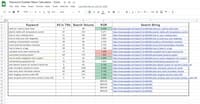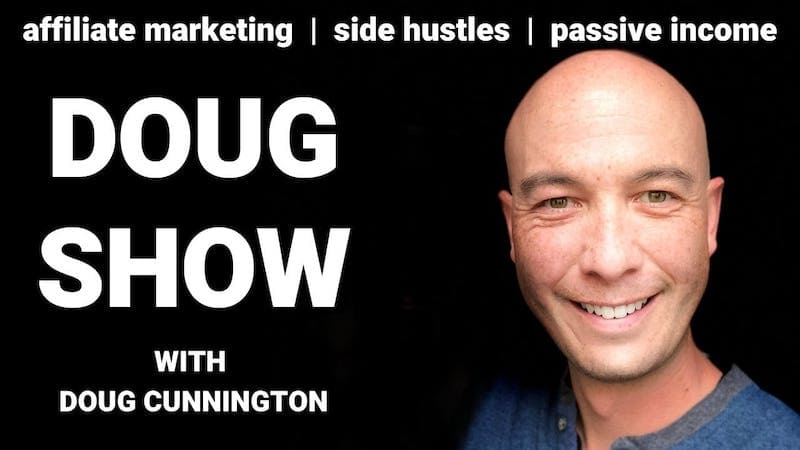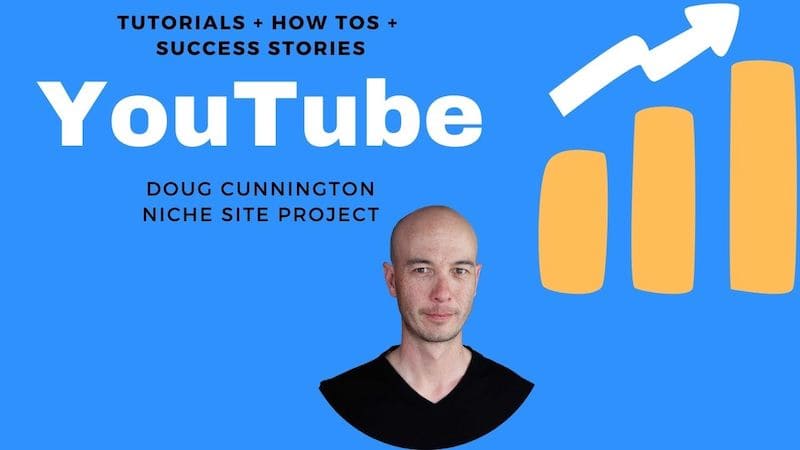Have you ever thought about turning your passion into profit?
I recently did just that, and it was a blast!
I’ve been buying guitars for fun, and I accidentally made $550 and got a better guitar in the process, and everyone involved was happy.
It all started during the pandemic when, like many others stuck at home, I decided to get a high-end guitar. I splurged on a Gibson LG-2, which was about ten times more expensive than my first guitar. Seeing Slash on MTV with his Les Paul when I was seven sparked my interest in guitars.
My new guitar ignited a passion for finding cool, high-end guitars on Craigslist. That’s when I realized I could use my online marketing skills to stand out and make some money. You see, most people are pretty bad at buying and selling online. But I had an advantage. I had marketing skills from working online, negotiating skills from buying and selling sites and domains, and interviewing and communication skills from podcasting. Plus, people tend to buy from people they like and trust.
The Key to Making a Profit
Here’s the most important thing I learned: You make the profit when you buy the item, not when you sell it. This means you’ve got to get a good deal. Pay less than the item’s actual value. It’s too risky to rely on an item’s value appreciating, just like in real estate.
My $550 Guitar Flip
In 2022, I found a Martin 00-15 on Craigslist. New, they were about $1,400, but this used one was listed for $800. I knew it was worth between $1,100 and $1,300.
Negotiating is expected on Craigslist and Facebook Marketplace, so I emailed the seller to ask if they were flexible on the price. We agreed to meet at a public place (safety first!). The seller had already told someone else he’d take $700, so I offered $620. We settled on $650 for a guitar that costs $1,400 brand new. I was stoked!
A few weeks ago, I sold that Martin 00-15 to fund my latest guitar purchase.
Finding the Deals
So, how do you find these deals? It takes a bit of work:
- Search often: Regularly check listings to see what’s available. You can do this manually or save searches, but I prefer to look manually. The more you look, the better you understand the market.
- Know your prices: Become an expert on the going prices for your niche. I check completed sales on Reverb or eBay to see what guitars actually sold for, not just the asking price.
- Focus your search: Narrow down your search to a few makes and models. It’s easier to become an expert when you’re not trying to learn everything at once. I focused on Gibsons, Martins, and Les Pauls in the beginning.
Marketing Matters
When it came time to sell the Martin, I used my marketing skills to create a listing that would attract buyers and make the negotiation process easier.
I sold the Martin 00-15 for nearly double what I paid for it and used that money to buy an even better guitar – an Eastman SB55/V.
Here’s how I approached the listing:
- Clear and Descriptive Title: I used a straightforward title: “Martin 00-15 – All Solid Woods, Naturally Aged, Great Tone [2015] – $1275.” This immediately tells buyers what I’m selling and its best features.
- Evocative Language: I used phrases like “beautifully aged,” “warm, rich mahogany tone,” “naturally opened-up,” and “character and warmth” to appeal to buyers’ emotions and their desire for a vintage sound.
- Specific Details: I provided plenty of details about the guitar’s condition, both good and bad, modifications, and accessories. I even mentioned the broken end-pin.
- Transparency and Honesty: I was upfront about why I was selling it and any minor flaws. Honesty builds trust with buyers.
- Social Proof and Value Justification: To justify my asking price, I pointed out comparable Reverb listings and the retail price of a new model. I included a link to the sold listing to show we were both using the same market data. I also added a demo video so buyers could hear the guitar.
- Target Audience Focus: I tailored the description to attract players who appreciate “a slightly aged, small-body acoustic with character and warmth.” This helps me connect with the right buyers and avoid wasting time.
- Call to Action: I kept it simple: “Cash only. Email for now.”
- Organization and Readability: I used bullet points, headings, and concise paragraphs to make the listing easy to read and understand.
This listing worked because it gave potential buyers all the information they needed to make a decision and created an emotional connection to the guitar. Most listings lack details and leave buyers with a million questions.
The Art of Negotiation
Negotiation is a valuable skill in many areas of life, from buying a house or car to dealing with your kids. Craigslist is a great place to practice with smaller stakes.
Here are my tips for negotiating, whether you’re the buyer or the seller:
As a Buyer:
- Know the market rate: Before making an offer, know what the item is worth.
- Clarify details: Ask 2-3 questions, like: “Why are you selling it?” “Is anything wrong with it?” and “What’s the wear and tear like?”
- Ask about flexibility: It doesn’t hurt to ask if the seller is flexible on the price. Most expect it.
- Make a reasonable offer: I usually offer 10-20% below the asking price, assuming it’s at or slightly above market value. If the asking price is high, I might offer 15% below market rate. This gives room for counteroffers without being insulting.
- Expect a counter: Sellers often counter with about 5% below their asking price.
- Meet in the middle: In most cases, you can offer to split the difference.
Negotiation in Action
I recently used these skills to buy an amp. A Fender Blues Jr. sells for $800 new. I found one listed for $425. I offered $340, and the seller countered with $375. I offered $360 (because I only had $20 bills!), and he agreed.
I negotiated harder because I learned the seller got the amp for free from someone who owed him money. This was key because he wasn’t anchored to the $800 retail price.
The Eastman guitar I wanted was listed for $1,199 at a guitar shop on consignment. The shop gets 30% of the sale, and the owner gets 70%. I offered the shop $1,000 for the guitar. I mentioned that two other identical guitars had recently been listed, one for $1,200 and the other for $1,050. The shop agreed to reduce their profit, and they were confident the seller would also lower the price. They countered my $1,000 offer with $1,050.
Closing the Deal
With the new guitar deal worked out, I had to sell my Martin. Someone contacted me with an offer of $1,100 cash if he came to me. I countered with $1,180. He wanted to make sure it included the case (worth about $200), and I reminded him about the other accessories. I offered to meet him in the middle. Luckily, the guitar shop with the Eastman was a good meeting spot for both of us. The shop agreed to let us complete the deal there since I was buying a guitar from them.
Safety First
Here’s a crucial safety tip: Meet in a public place. Police stations often allow you to use their parking lots for transactions. Also, consider doing cash deals, but be aware that carrying large amounts of cash can be risky. Meeting in a safe, public place is essential.
The Outcome
I bought the Martin for $650, played it for two years, and sold it for a significant profit. The buyer got a good deal and was happy. I didn’t get as good of a deal on the Eastman (I paid $1,050 when they’re $1,600 new), but it was in excellent condition. And most importantly, I love it! It sounds great and feels perfect in my hands.



